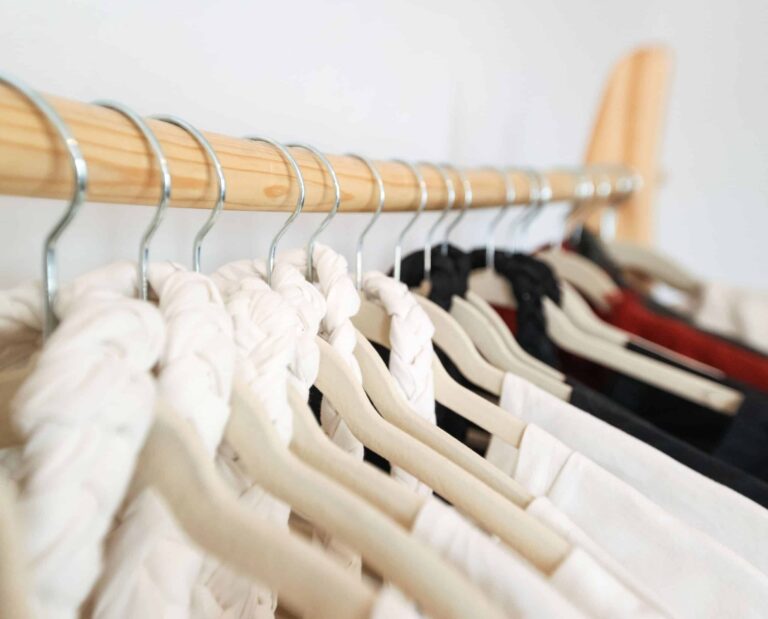While every other industry in the world is adopting ways for a sustainable future, the fashion industry still contributes 10 percent of global greenhouse gas emissions. Therefore, there is an urgent need to promote a sustainable fashion industry.
Sustainable brands are the need of the present. And fortunately, many brands are coming up with ideas that promote sustainability. From recycling to transparency, here are the latest trends for sustainable fashion.
Table of Contents
List of most significant trends for sustainable fashion
In recent years there has been an unprecedented increase in trends for sustainable fashion. Fashion brands have moved on from harmful production techniques to eco-friendly alternatives. So, here are the top 6 latest trends for sustainable fashion.
1. Recycling
One of the oldest ways to achieve sustainability, recycling is the process of transforming waste into reusable products. Fashion brands have used this concept of recycling and adopted several methods to deal with the waste generated in the industry.
Therefore, numerous fashion brands have endorsed innovative methods like donations for credits, resale auctions, and repair schemes. These brands use old clothes, donated or given for repair, to produce new clothing.
This process, known as fabric recycling, is adopted by fashion brands like Nike, Ecoalf, and Patagonia to manufacture stunning clothes.
Read also: Upcycling, definition and the difference with recycling
2. Use of environment-friendly materials
Methods like recycling, renting, and resale will be inefficient if the fashion industry keeps on using materials that are harmful to the environment. The fashion industry knows it and therefore has started to use biodegradable materials
Fashion brands like Pangaia have shifted to natural dye instead of artificial alternatives. Since bacteria-based natural dye doesn’t cause water pollution and damage to the environment, it is a very environmentally-friendly method of producing fashion products.
This brand has also started using ‘smart’ fabrics that are biodegradable. It is a significant step towards a sustainable future because dyed cotton and other synthetic fibers are one of the main contributors to water pollution. Similarly, many other fashion brands have turned to natural fiber like grape leather instead of synthetic or animal-based leather to ensure a sustainable future.
3. Rental Clothing
Have you seen anyone wearing their wedding dress ever again? Like wedding dresses, many other dresses are worn on special occasions, after which they are unlikely to be worn again. The fashion industry has identified this pattern and has actively taken steps to minimize such usage of clothing.
Now, you can find many fashion rental sites like HURR and Rotaro that provides customers with glamorous dresses for special occasions on rent. And since these dresses are available for a lower price, the trend of renting clothes has grown over the years.
4. Popularity of resale
Over the past few years, the rental market is not the only business that has experienced significant growth. The resale market has also witnessed a surge of over 20 percent in the last five years. We can see this trend because resale-based fashion sites like Depop or Vinted have witnessed exponential growth in popularity in the past decade.
Moreover, customers prefer to buy second-hand products from resale sites because these second-hand products are of good quality with a much lower price tag. This trend of wearing second-hand products is called thrift fashion. Also, customers can purchase the clothes worn by celebrities at a lower price using resale sites, which is another reason for the growing popularity of thrift fashion.
5. Reusable packaging
Just focusing on environment-friendly clothing will not lead to a sustainable future. We also have to pay attention to the damages caused by single-use packaging. More than 90 percent of fashion packaging is thrown away as waste after product purchasing. Thus, waste generated due to single-use packaging is one of the main risks to the environment.
Fashion brands around the world have identified this threat. And brands like H&M and Bestseller have shifted to reusable environment-friendly packaging instead of plastic packaging. In addition, many brands like Gucci have taken this need for change as an opportunity to promote reusable packaging bags as a style symbol.
6. Transparency
With the growing demand for sustainable fashion, many fashion brands have started greenwashing customers. It means that fashion brands promote their production methods and products as sustainable when they are not. It has led people to lose their trust in many fashion brands and they started demanding more transparency from the entire fashion industry.
Therefore, in response to the growing distrust, ideas like “product passport” and “sustainability certificate” are utilized by many fashion brands. A product passport provides information about a product that helps customers to determine the product’s sustainability. On the other hand, a sustainability certificate validates a fashion brand that claims to be sustainable.
Read also: The cost of fast fashion industry: the human, social and economic impact












